This is a guest blogpost by Josiah Fiscus. Josiah is a 31-year-old gamer from Pittsburgh, PA who has been playing CCGs and designer board games for over two decades. When he’s not at the game table, you’ll find him playing drums and serving as a deacon in his local church or enjoying time outdoors with his wife, Erin, and two kids (ages 5 and 3).
With the completion of Origins this past weekend, we have likely seen the most competitive Epic played so far. Players came from miles around in the hopes of qualifying for Worlds in November. With the decklists of the top players being public knowledge, let’s see if we can glean any information about top cards and the metagame in general.
Today, we will consider just the constructed events, as this is where players have the most control over the contents of their decks. On the first day, 8 players made the finals. On the second day, only 4 did, due to a lower player count. While you might think this would give us 12 different decks to analyze, in fact it only gives us 10. This is because Mike Augustine and Ben Wienburg played the exact same deck, with Mike Augustine piloting it to a strong finish on both days of competition. To avoid skewing the results towards the cards in that deck, this analysis will only consider those 3 finishes with the deck once.
There were 95 unique cards played by the top finishers, out of a possible 168 (promos not being legal). This is roughly 57% of the total possible card pool. Nine of these cards appeared only as a singleton copy in a single deck. Let’s look at some of the top cards, both in overall quantity as well as the number of decks (out of a possible 10) they appeared in. Obviously, there is going to be some correlation between those two statistics.
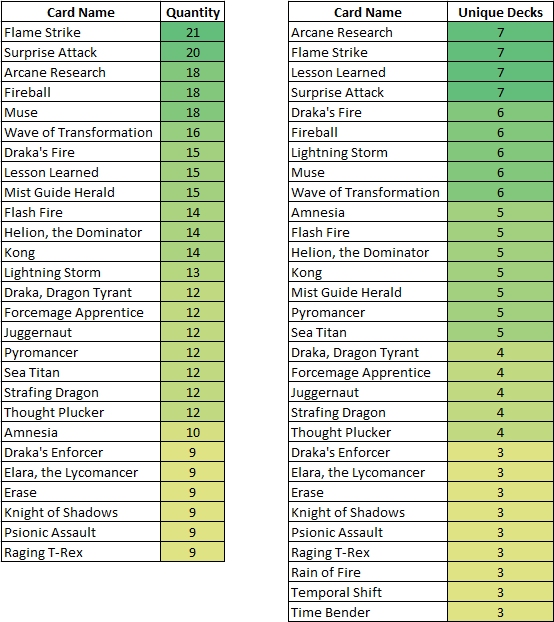
Certainly the all-star card here is Flame Strike. It appeared in 7 out of the 10 decks, in the max quantity in every case. Moreover, it appeared in the Augustine/Wienburg deck, meaning it was a 3x in 75% of the top decks. Surprise Attack was no slouch either, appearing as a 3x in both of the winners’ decks.
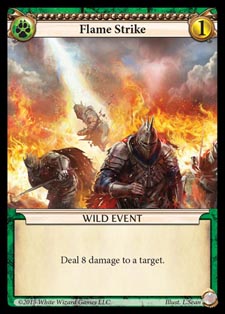
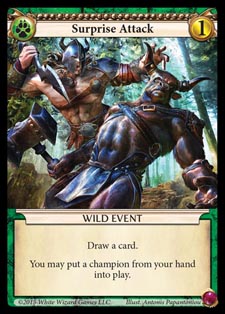
But perhaps what is most notable about the above lists, though, are the alignments. Every single card above is either Wild or Sage. Obviously Good and Evil cards didn’t have nearly the success/popularity of their counterparts. We can see that even more clearly when we consider the graph below, which includes all the cards from all 10 unique decks. If we were to include the Augustine/Wienburg deck, the effect would be even more pronounced as it is entirely Wild except for a splash of 3 Sage cards!
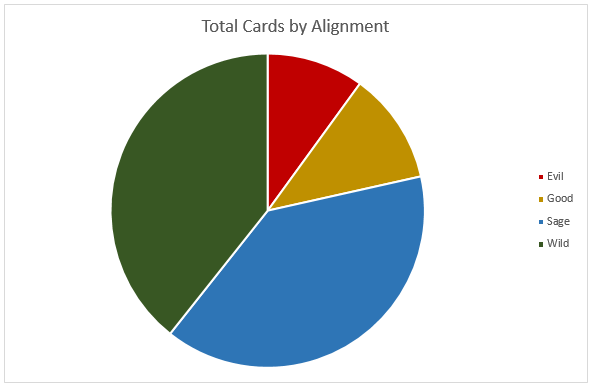
As big tournaments continue to happen, more and more data will become available. It’s possible that Good and Evil have the tools, but not the right players yet. It’s also possible that such a slanted metagame will lead to deck construction decisions designed to counteract these strategies. Certainly a health-gain strategy using Good cards such as Gold Dragon and Inner Peace could see success against the aggressive burn decks. Nevertheless, while certain alignments were certainly more popular than others, there was an incredible variety of different deck styles for such a small card pool. As more and more sets continue to be released, it’s only a matter of time before a Top 8 is awash with Good and Evil decks.
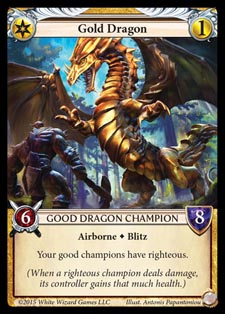
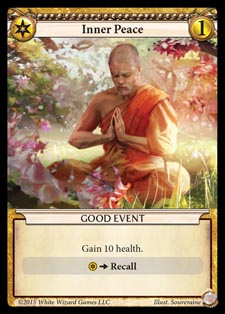
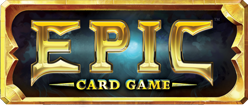
Recent Comments